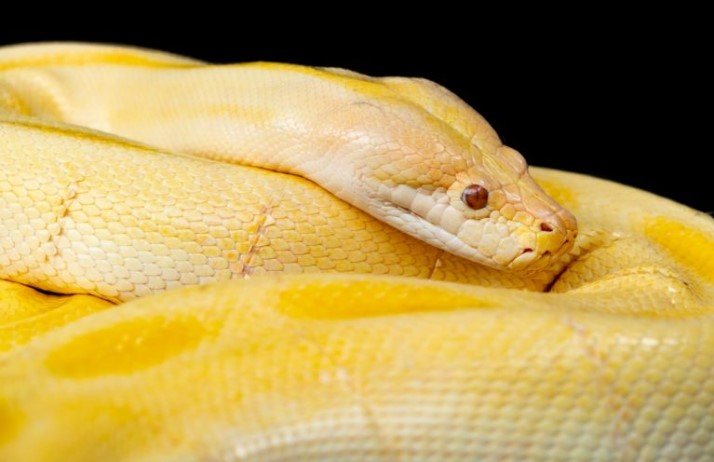
Welcome To The
Biggest Snake
Welcome To Biggest Snake
Words About the Biggest Snake In The World
The reticulated python, scientifically named Python reticulatus, holds the title of the world’s longest snake. With an impressive length that can exceed 20 feet (6 meters) and a striking patterned appearance, this giant serpent captivates enthusiasts and researchers alike.
As a non-venomous constrictor, the reticulated python uses its incredible size and strength to subdue prey, making it a fascinating and formidable species in the realm of reptiles.

Types of biggest snakes in the world
Uncover the giants of the serpent realm on our homepage, featuring the awe-inspiring reticulated python and the formidable green anaconda – the world’s largest snakes.
Green Anaconda (Eunectes murinus)
Known for its sheer girth, the green anaconda is the heaviest snake on the planet, with individuals recorded at over 17 feet (5 meters) in length and weighing more than 550 pounds (250 kilograms).
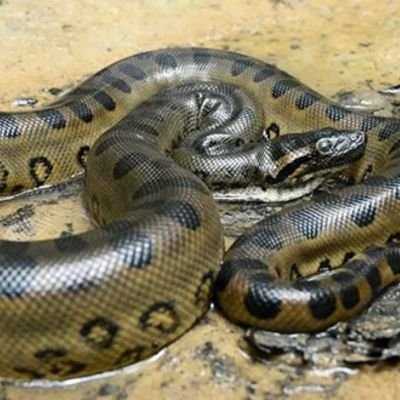
Titanoboa (Titanoboa cerrejonensis)
Reigned supreme during the Paleocene epoch, approximately 60-58 million years ago, this prehistoric giant is considered the largest snake ever discovered, reaching lengths of around 42 feet (13 meters).

Reticulated Python (Python reticulatus)
Holding the title of the longest snake, reticulated pythons can exceed 20 feet (6 meters) in length. Their distinctive patterned appearance and powerful constricting abilities make them a formidable presence in their native Southeast Asian habitats.
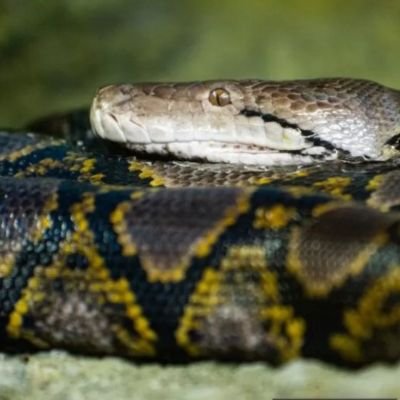
Burmese Python (Python bivittatus)
Native to sub-Saharan Africa, the African rock python ranks among the largest snake species, with individuals known to surpass 20 feet (6 meters) in length. They are recognized for their robust build and formidable hunting skills.
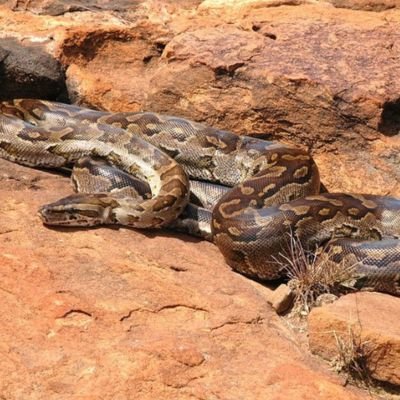
Burmese Python (Python bivittatus)
Native to Southeast Asia, Burmese pythons are one of the largest snake species, commonly reaching lengths of 18 feet (5.5 meters). They have established populations in Florida, USA, where they are considered an invasive species.
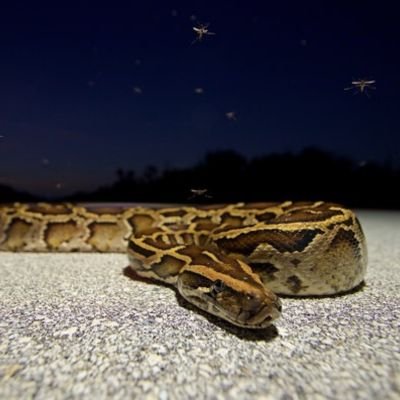
Indian Python (Python molurus)
Also known as the Indian rock python, this species inhabits a range from Southeast Asia to the Indian subcontinent. They can grow up to 20 feet (6 meters) in length and are characterized by their muscular build and distinctive coloration.
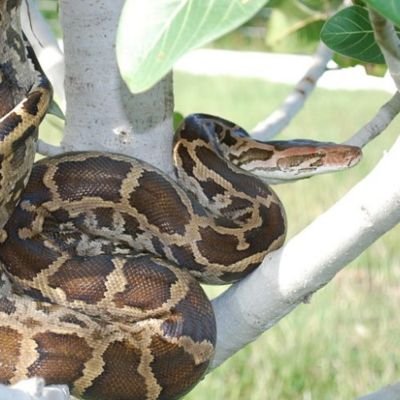
Gallery
Most Biggest Snakes In the World

Anaconda

Python
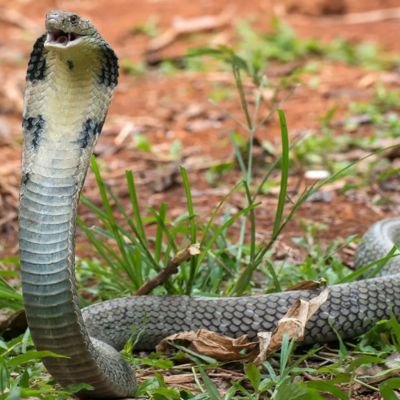
King Cobra

Green Mamba
RECENT NEWS
Our Latest Case Detail News
-
Do All Snakes Lay Eggs
Reproductive Diversity: Do All Snakes Lay Eggs? The world of snake reproduction is as diverse as the species themselves, and the method by which snakes bring new life into the world varies significantly. While some snakes are known for laying eggs, others have adopted a live-bearing strategy. Join us in unraveling the fascinating intricacies of…
-
Are Snakes Carnivores
The Carnivorous World of Snakes: Unveiling Their Dietary Habits Snakes, with their slithering grace and predatory prowess, are intriguing creatures that have adapted to a diverse range of environments. One key aspect of their biology that defines their survival strategy is their carnivorous diet. Let’s delve into the fascinating world of snake feeding habits and…
-
Are Sea Snakes Poisonous
Navigating the Waters: Are Sea Snakes Truly Poisonous? Intro: Sea snakes, inhabitants of the ocean’s depths, are captivating creatures with adaptations that allow them to thrive in aquatic environments. As we delve into the world of sea snakes, the question arises: Are they truly poisonous, and what role do they play in marine ecosystems? 1.…



